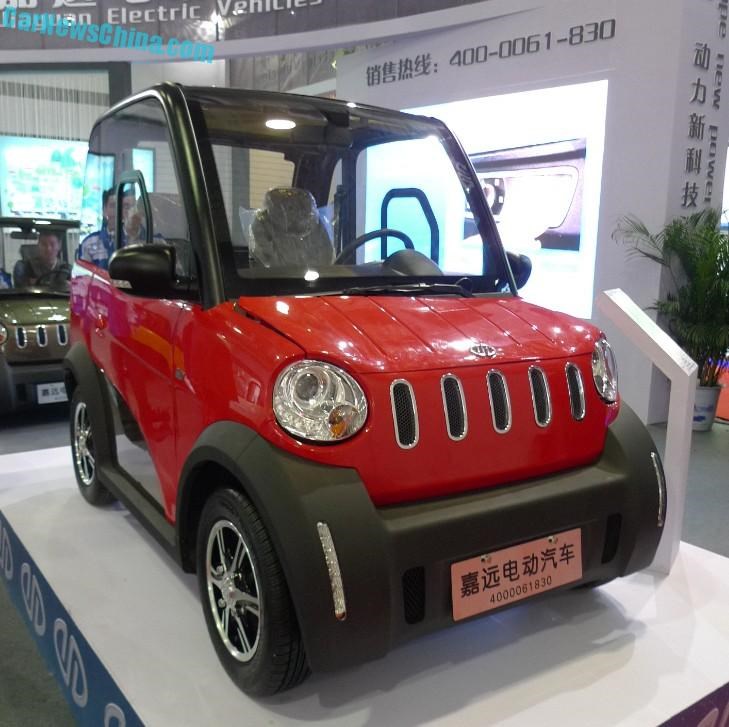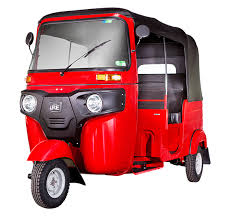NEW DIRECTIONS: The Diversity of Small, Task-Oriented Vehicles
By Stephen Metzger, Managing Director, Small Vehicle Resource, LLC
In a recent column I noted that there were opportunities abroad for manufacturers and dealers in the world of small, task-oriented vehicles (STOVs)—that is, opportunities in the international market and a good deal beyond golf. Small Vehicle Resource, LLC will be publishing detailed report in the near future on the markets and vehicle types as found abroad.
Recent preliminary research small, non-golf oriented vehicles confirms a number of aspects and characteristics of the international marketplace, among which are:
- The use of small vehicles for personal transportation, commercial transportation, and haulage is widespread over the earth’s continents, with concentrations in Europe, India, and China.
- There are numerous varieties and official classifications of small vehicles that are used from country to country.
In all cases, with exception of the golf segment, the market for small vehicles is considerably larger than what we have in the United States. Whether this represents an opportunity for U.S. manufacturers remains to be seen. We return to a competitive evaluation at the end of this article.
European Quadricycle Market
In Europe quadricycles are used for personal transport in urban settings by predominantly young people or in rural areas by the elderly looking for an option other than a bicycle or moped. Under the European Commission directive 2002/24/EC a light quadricycle is defined as having the following characteristics:
- A maximum unladen weight of 350 kg (less options and/or batteries if electric)
- A maximum power output of 4kw
- A maximum road speed of 45kph or 28 mph
- A diesel or electric motor
These vehicles most closely approximate what would be considered a low-speed vehicle in the U.S., although the majority are diesel-powered. Annual production is estimated at 22,000 to 25,000 units.
The European light duty hauler market consists of both light and heavy quadricycles as well as other light duty utility vehicles such as golf car based vehicles not used on golf courses. Light duty haulers are used for commercial purposes and can be configured for various applications such as delivering goods, hauling refuse, dispensing food, groundskeeping and general maintenance. The heavy quadricycles can have a maximum output of 15kw as opposed to 4kw for light quadricycles. A sizable portion of the market is electric.
We estimate the market to be in the range of 12,000 – 15,000 annual units.
Chinese and Indian LSV and Three-Wheeler Markets

Low speed vehicles in China and India come in many forms. In China, for example, LSVs have an automobile-type, stamped steel body giving full protection from the elements, if not from physical impacts of various sorts. China also produces and sells three-wheel vehicles, which operate at low speeds and are used for light haulage and personnel transport.
India has a similar variety with the fully enclosed LSV types, three wheel vehicles of various sizes, four-wheel vehicles, called quadricycles (as in Europe), and e-rickshaws. The latter are electric- powered, three-wheel units, and full or partially enclosed. Steering is typically a handle bar, with the driver sitting forward of the passenger enclosure. Larger three-wheelers have much the same description, although most are gas- or diesel-powered and are heavier and bulkier.
China’s LSV Industry
LSVs in China have experienced explosive growth with what some analysts describe as an industry of hundreds of assemblers and catering largely to those living in the countryside; that is, non-urban areas. With a non-urban population of more than 600 million, the potential for continued growth is substantial. The LSV (often referred to as LEV or low-speed electric vehicle) is attractive because of its low cost, which allows families of modest means to enjoy the benefits of greater mobility.
On the supply side of the market equation in China, the industry greatly benefits from the fact that it is relatively unregulated, which encourages many entrepreneurial start ups. In fact, the popularity of the LSV appears to have caught government authorities somewhat by surprise, and for the moment the only substantial regulation may be government limitations on internal combustion engines, thus favoring electric power.
Compiling and cross-checking data from a variety of sources, SVR estimates China’s current production of LSVs at an astounding 375,000 units.
India’s Three-Wheeler Industry

India’s Bajaj company’s three-wheeler may be the premier global brand. In countries like Indonesia Bajaj has become the generic name for the three-wheeler. Thus, an import from China is still called a “Bajaj”. Bajaj is aggressively exploiting markets in South Asia and Africa and is replacing antiquated and highly polluting two-stroke and four-stroke vehicles with electric and CNG-powered models.
According to the Society of Indian Automobile Manufacturers (SIAM), three-wheelers made up 3% of the total domestic market (motorcycles were 80%). Three-wheeler sales in the 2014-2015 fiscal year amounted to 531,927 units, plus an addition 407,957 units which went into export markets.
What Must U.S. Companies Do to Compete in These Markets?
Well, darn! I’m at the limit of words allowed by my editors. Stay tuned, we’ll get into strategies next time. Hopefully, these amazing numbers have whet the appetite.